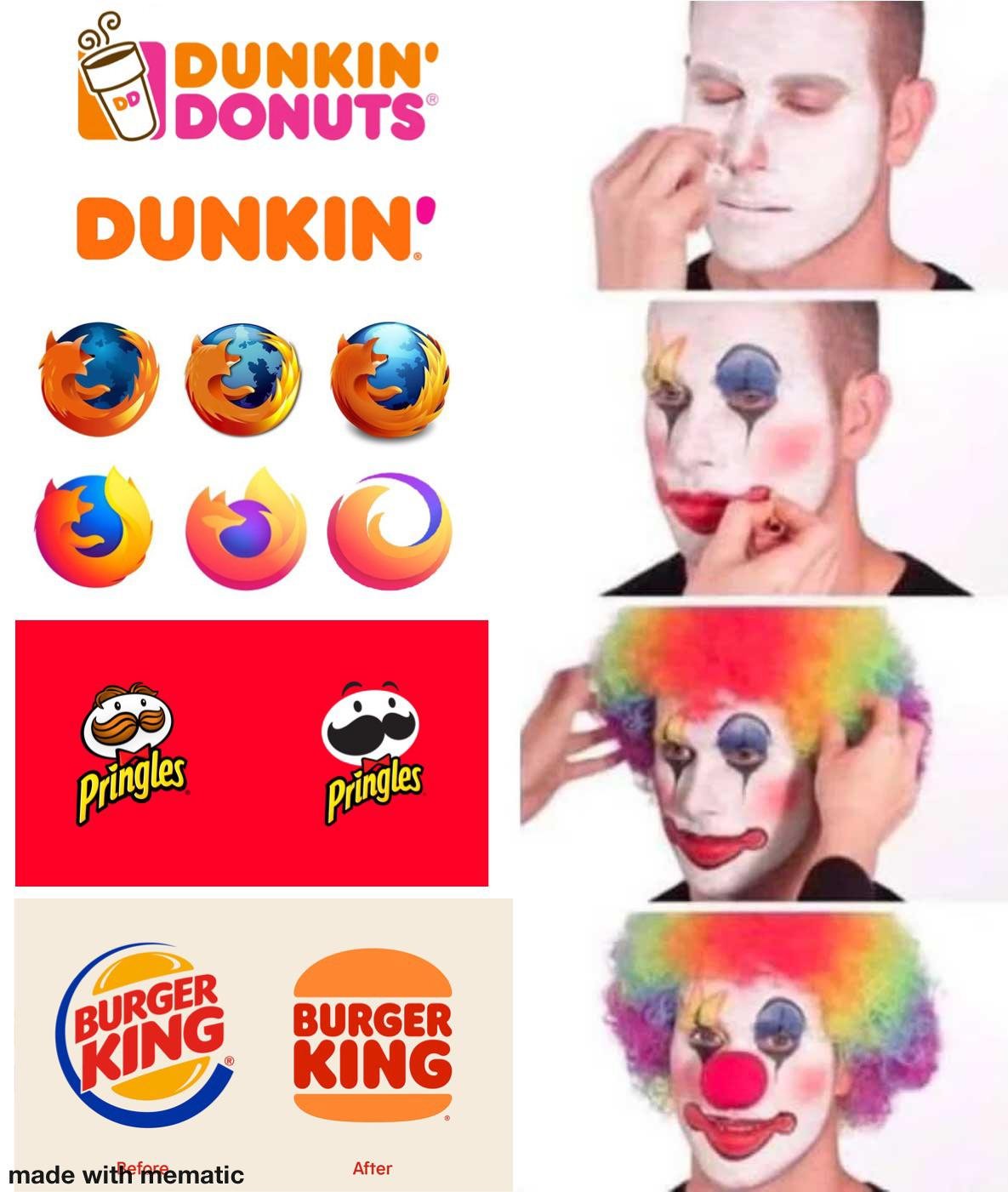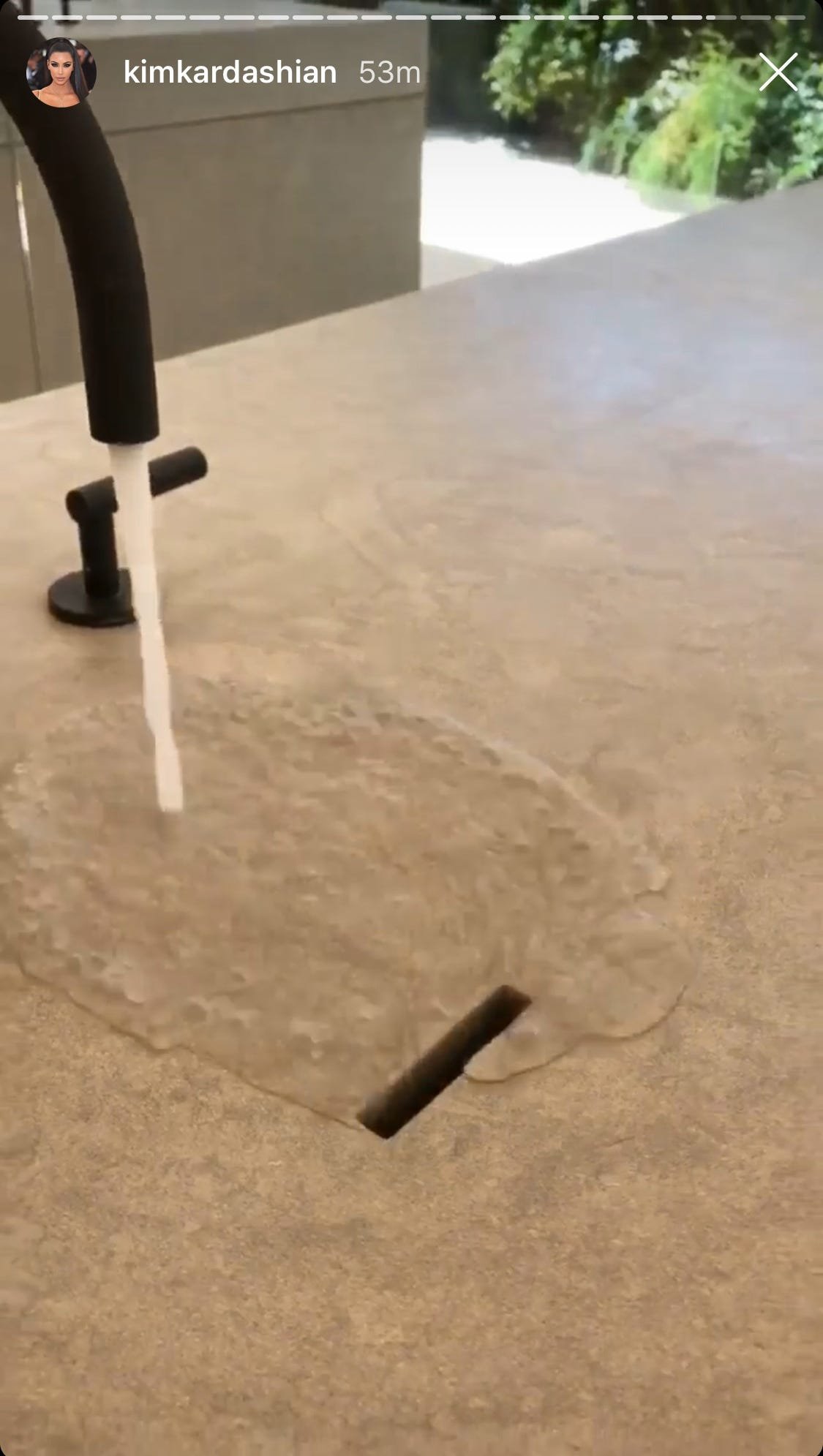Minimalist consumerism - mindful avoidance and snobbism.
My mom has always praised simplicity. The apartment we moved to some years ago has white walls, a white, sterile kitchen with green elements that spread into the adjacent dining space. The bathrooms are plain, white, and peaceful. She adores the white t-shirt and jean look, translucent nail polish, and unnecessary consumption – primarily of weird, hypothetically organic cheeses and the white t-shirts mentioned above.
The flat she first moved out of was full. Belonging to my grandparents, you could tell it was rich at a glance. From the big antique wardrobe to the outsides and insides of a box within its drawer.
Her religious adoration of simple colors and shapes fits somewhat into the basic rules of minimalism. Her overconsumption … obviously doesn’t? Unless… it does?
Wanda’s memes #1 and #2
It is no secret that time dilutes, modifies, or replaces the initial ideas behind a movement. Let us therefore take a glance at the origins and life of minimalism. Maybe my mom, and all the other billions of people like her (mom you are still very special) simply got this little part, the constant state of purchasing, wrong.
The principles of a modern minimalist lifestyle are loosely based on Japanese Zen Buddhism. Nevertheless, the ideas of living with less belongings and more mindfulness have existed across cultures. Japan is a beloved reference point for western subcultures and here we find a considerable proximity of Japanese-based phenomena to the minds of modern trend analysts. Still, it is far from being a new phenomenon.
In modern art, minimalism was a visual response to the overtly un-simple and emotionally loaded neo-expressionism of 1970s America. Abstract movements before, in the early 1900s, like the Dutch De Stijl neoplasticism, also worked with basic form and color, analyzing dimensions, physical possibilities and abilities of such pure elements, advocating the expression through abstraction of form and color. Artists like Piet Mondrain or Theo van Doesburg, worked through redundant layers of visual reality to reveal what they believed to be the essence, composed of straight lines, primary colors, blacks, and white. These abstract artists had a considerable influence on the Bauhaus.
“There was a noble idea watching over and feeding the creatives. There was a higher belief in progress.”
The minimalism revived by 21st century interior design for example is not, I would argue, artistic (creatively stimulated and explorative) like the earlier one. Interwar modernism was prompted by the events of the Great Depression, Great War and the end of the Great Gatsby Era. The crisis pushed people to seek improvement in the condition of the individual human, alongside aggregate global society. There was a noble idea watching over and feeding the creatives. There was a higher belief in progress. Presently, voidness and profit have become democratically (in the free market, obviously) elected rulers of all movements, so maybe the current resurgence of minimalist design is due to the easy route it paves for the nobility, by which I mean landlords, to renovate, market, and sell their products. I find it hard to believe that it is under the umbrella of Kim Kardashian’s supposed grand, guru-like objectives of tranquility, mindfulness and innovation, that designer Axel Vervoordt was able to create her LA house (one of her many LA houses). Taking a tour through the mansion we see in it a nod, maybe, to the landlord school of thought, or rather the other way round. Beige, gray, spacious, devoid of personal belongings. Perfect for the camera crew of 73 Questions to set up and film their witty, succinct Q&A.
To put minimalism itself outright into question, how does one decide on what is and what is not redundant, like the neoplasticists did? We could cleverly answer that a minimalist chooses to abide by those things that make them happy and fulfilled. That sounds like a recipe for perfect disaster, to me at least. It could be because of my constant uncertainties about myself and my existence, but I believe that there are more people who do not really know what they want, and even if they do, they cannot really answer why.
Having internal debates like this is already a privilege. Not everyone can skip their 8:30 class to dwell upon the particular origin of their shift in shoe choice. Some people have families to feed (at least this is what I have been hearing on the news), and still, minimalist lifestyle principles are pushed onto them by mass media, as a cure to their anxiety, depression, and financial struggles.
Talking about clothing, minimalist fashion is another important area of the “less is more” philosophy. Monochromatic like their houses, people, through consumption of anti-consumerist objects, become chameleons within their homes. They sink into space and become purchasable, replicable goods themselves. The flattening of person is visible in the idea that you can have a set of ready outfits for every occasion in your capsule wardrobe. It strips getting dressed from its creative potential and possibility to stimulate individual tastes and self-expression. The focus turns to clothing as a matter of flat, basic need, not something that can prompt self-discovery. This meticulous routine of getting dressed is obviously some form of privilege, however it does not need to be. It is obviously easy to fall for the consumerist trap along this line of thinking, by perpetually buying new clothes in pursuit of an identity. It is harder rather than easier to find the non-materialistic not delimiting golden mean.
The new primary color set – white, black, beige and gray – has become more established in clothing, but also generally in all items of the world over the last two decades. If we want to be optimistic, or just superficial, we can say this is largely due to new materials and technologies (I will not be getting into detail, I am not even sure what concrete really is) and that it is all part of a natural progression. But privilege and classism come back forcefully to truly explain why everything is so monotonous. Professionalism, elegance, and the longing for luxury, are demanded by people violently (but mindfully?) scrambling for access to the social ladder’s upper echelon, which is more attainable than ever thanks to the steady supply of 4-euro one piece suit pants in light brown.
Continuing with the topic of fashion and paying tribute to Hollywood chaos and obnoxiously overstuffed celebrity culture, let's take a look at the always hot topic ex-husband of Kim: Kanye West. Previously having described himself as a minimalist in a rapper’s body, having written about consumerism and the array of issues in the black community that it prompts, he is probably the most obnoxious, loud, and materialistic person there is, or at least he is presenting himself as such. His performance of minimalism, intentionally or not, does not even beg to ask, but simply asks the question of whether minimalism can feasibly be practiced today, or if it is a regular commodity of conspicuous consumption.
Kanye’s clothing line, starting with the Yeezy shoes, has been converging further and further towards minimalism, not only in looks, but promotional content too. If you were to tell the younger me, who just learned what Yeezy was, that one day I would be sitting in my apartment in Milan intellectualizing the shoe design, I would have probably paused the music video of Break Free and stared at you blankly. But here we are.
Stephen Smith has been a close collaborator in the design process, and as an established sneaker designer he could be one of the engines for functionalism in Ye’s mind. Lifestyle shoes suitable for each occasion tie into the ideology of modernizing and innovating. Although the first few models do so less obviously, the Yeezy Foam is truly an emblem of less. Shoelaces, discernible soles and some other old-fashioned parts or a shoe are thrown out the window, but the footwear remains footwear.
Taking the Foam under a microscope we see less, but if we look away, the shoe looks a bit eerie, at least to me, extraterrestrial even. This calls into question the minimalist vision and its connection to futurism. Why are the two often associated? It could be that robots and AI have been part of the “in 30 years’ time” period for a bit now, and those creatures are known only for their only functional, not their decorative products.
Wanda’s meme #3




